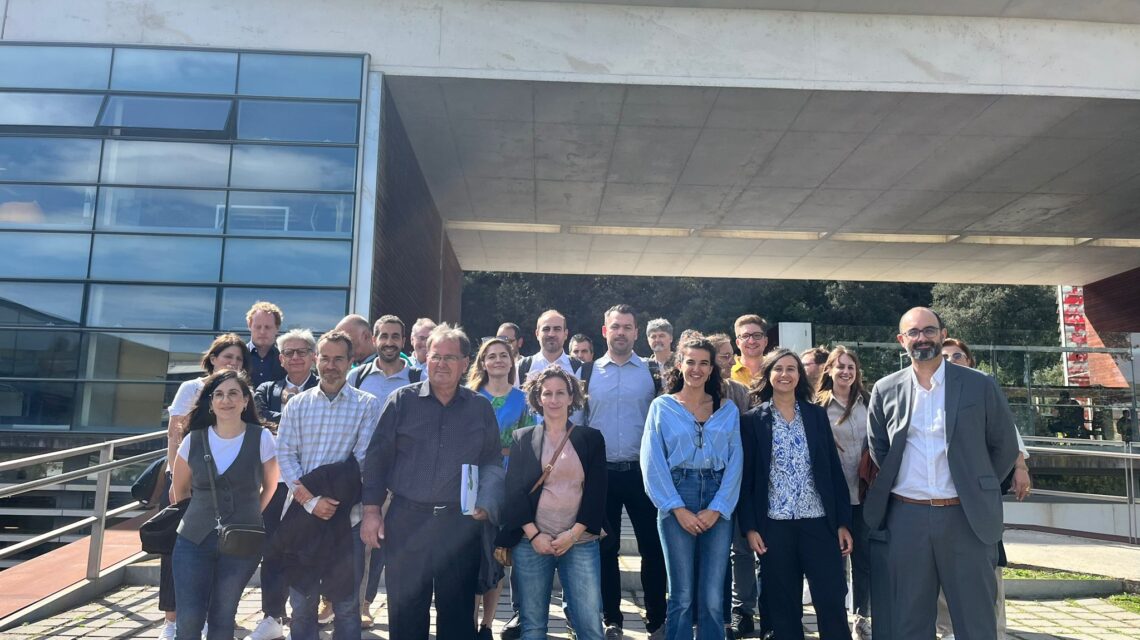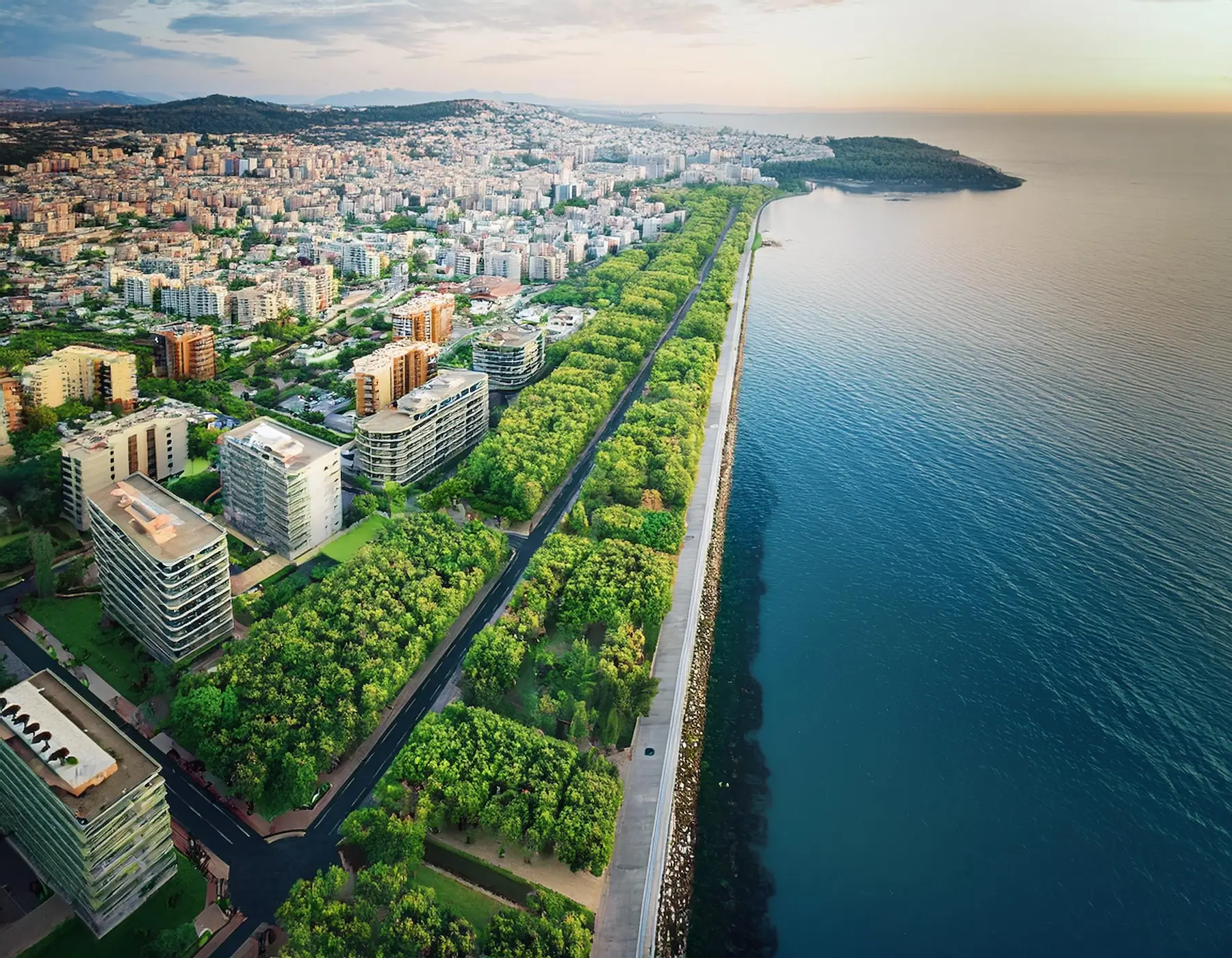Pioneering Sustainable Business Models
Discover how WE&B crafts innovative strategies that align profitability with environmental stewardship.
Transforming Business for a Sustainable Future
WE&Bs defines business innovation as:
The process of creating, adapting or translating an idea, technology, tool, model or methodology into a good or service that creates systemic (social, economic, environmental) value and for which customers are willing to pay.
There is an improved understanding that it is not enough for organisations and sectors to concern themselves only with short-term profits because natural disasters, social unrest or economic disparity can damage long-term prosperity. The businesses that understand this challenge and take action will be a step ahead – UN World Social Report 2020.
The global challenges – ranging from climate change, water shortage, food crises, to poverty, conflict and inequality – are in need of solutions that the private sector can deliver, representing a large and growing market for business innovation (UN 2020). At WE&B, we know that sustainable development can be achieved only hand-in-hand with industry. Our focus is therefore to ensure the sustainability of businesses through business innovation that enhances our natural environment.
Pioneering Sustainable Business Models
At WE&B, we know that sustainable development can be achieved only hand-in-hand with industry. Our focus is therefore to ensure the sustainability of businesses through business innovation that enhances our natural environment.
WE&B provides Business Innovation, to bring businesses a step ahead, through 3 concrete services:
Business Models for Circular Economy and Green and Blue Growth
WE&B supports businesses, governments, and organisations in designing innovative, sustainable business models that align economic growth with environmental and social responsibility. Through a structured process—including product and process review, technology and circular economy mapping, and stakeholder market analysis—we deliver tailored business strategies rooted in the principles of green and blue growth and circular economy. We ensure that businesses not only thrive in the market but also contribute positively to communities and ecosystems.
Using tools such as the Business Model Canvas, Value Proposition Canvas, and Green Growth Potential Assessments, we craft business models that are viable, future-proof, and resilient. Our services include full business planning with a focus on sustainability, diagnostics to align sectors or products with circular economy principles, and strategic recommendations that support the transition to resource-efficient and low-carbon economies.
Service Output
A full business plan or sector strategy including:
- Sustainable and innovative business model
- Circular economy, green and blue growth alignment
- Market analysis and technology mapping
- Actionable recommendations and insights
Evaluating and Valuing Nature’s Contribution to People (NCP)
Nature’s Contributions to People (NCP) represent the full spectrum of benefits that humans derive from ecosystems — including material goods, regulatory functions, and cultural or spiritual values. Building on and expanding the concept of ecosystem services, NCP provides a more inclusive and actionable framework for businesses to understand and manage their dependencies and impacts on nature.
At WE&B, we help companies and institutions assess how their activities influence and rely on nature’s contributions. Using a systemic approach that integrates local knowledge, biodiversity data, and business operations, we deliver strategic insights that can feed into risk management, ESG reporting, stakeholder engagement, and nature-positive planning.
WE&B has applied nature valuation and impact assessment across diverse contexts. With IUCN, we explored the relationship between biodiversity and traditional agriculture in the Mediterranean; in the NATALIE project, we assisted in the ecosystem-based adaptation using nature-based solutions that is helping to build climate resilience across Europe; and through the URWAN project, we co-designed participatory strategies for urban regeneration and water adaptation using multifunctional NBS in Mediterranean cities.
Service Output
Studies and reports that focus on:
- Key nature-related risks and opportunities
- Mapping the business’s dependencies and impacts on NCP
- Providing strategic recommendations to align with nature-positive goals, measuring biodiversity impacts, and inclusion within ESG frameworks.
- Supporting decision-making, investment planning, and stakeholder communication.
Nature-Aligned Business Monitoring and Evaluation
In the face of accelerating environmental and social challenges, businesses are expected not just to minimise harm, but to generate regenerative value. Measuring whether innovation leads to real ecological and social impact is now essential.
At WE&B, we apply a systemic and ecological lens to monitoring and evaluation, helping organisations embed nature-positive outcomes, circular practices, and inclusive value chains into their strategies. Our approach goes beyond environmental metrics to capture broader socio-economic and governance shifts that shape long-term impact.
With experience from projects like REWAISE, HOUSEFUL, LIFEDREAMER, the Coastal Hazard Wheel from UNIDO and the UNON funded project on Monitoring System of Adaptation Measures in the water sector in Peru, we co-create tailored indicator systems that combine global frameworks (e.g. SDGs,) with localised insights. The result is a practical toolset that supports resilience, biodiversity, and low-carbon transitions—while offering strategic insights for scaling and investment-readiness.
Service Output
WE&B can provide to institutions and businesses the following outputs from this service:
- A multidimensional indicator system spanning ecological, social, economic, and governance domains
- A strategic M&E framework to track business model evolution and systemic outcomes
- A professional report with clear insights, performance baselines, and recommendations for scaling regenerative impact



